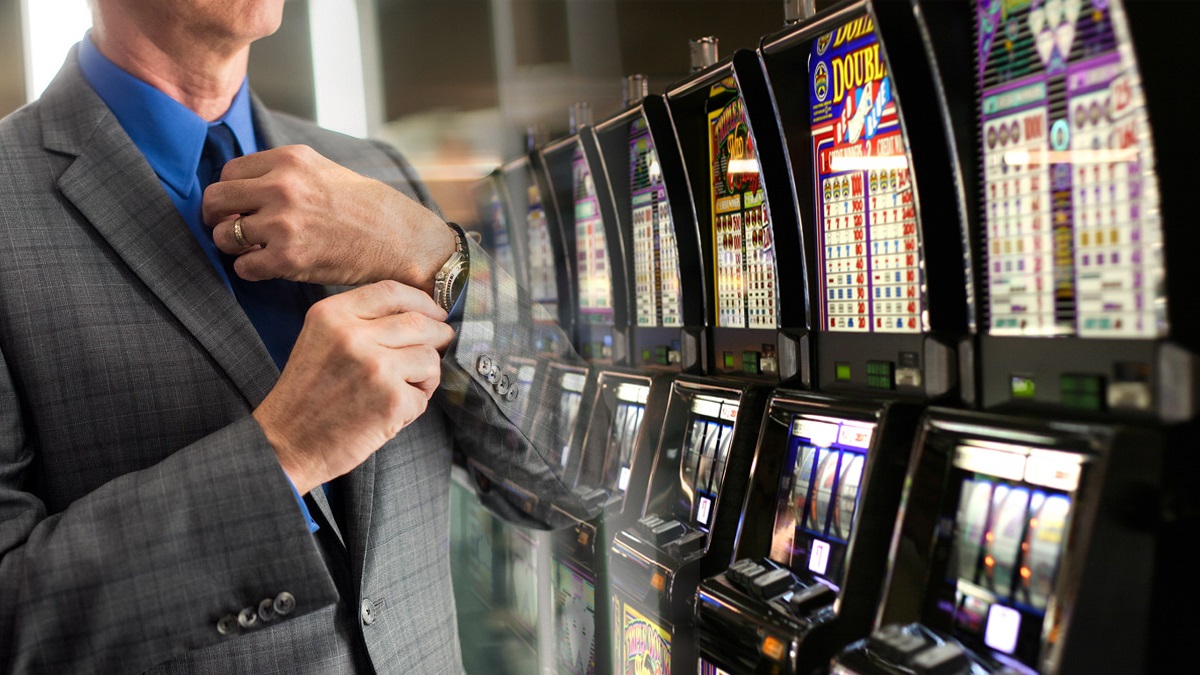Transition from mouse clicks to touchscreens fundamentally transformed how players interact with online slot games. This shift goes beyond simple input method differences to affect psychology, pace, game design, and player experience. Understanding these touch-driven changes reveals why mobile-optimized slots now dominate the market and how the physical connection to games altered player expectations.
Play pace acceleration
Touch responsiveness dramatically influences gaming rhythm and session dynamics compared to traditional interfaces. Skilled touch players achieve significantly faster spin rates than possible with mouse controls. The elimination of cursor movement time between actions compresses the play cycle. Multi-touch capabilities enable simultaneous actions that are impossible in cursor-based interfaces. These speed differences create measurably different session characteristics, with touch players typically experiencing more game rounds per minute.
Bimabet have observed these pace differences in user data, noting that mobile touch players often complete 20-30% more game rounds in similar session timeframes compared to desktop players. This acceleration effect influences everything from game mathematics to feature trigger frequencies in modern slot design.
Gesture-based innovation
Touch interfaces enabled entirely new interaction patterns beyond simple button replacement. Swipe mechanics transformed spin initiation from button-pressing to intuitive gesture movement. Pinch-to-zoom features allow detailed examination of complex game boards. Multi-finger inputs create advanced control options for feature games. Shake-to-spin alternatives offer novel physical engagement. Haptic feedback adds a tactile dimension absent in traditional interfaces. These touch-specific innovations created new design possibilities that traditional mouse interfaces cannot replicate.
- More immersive bonus rounds with physical interaction components
- Variable input pressure detection for nuanced control options
- Motion-based features that incorporate device movement
- Drawing mechanics for revealing hidden game elements
- Direction-sensitive controls for navigating multi-level features
Layout optimization imperatives
Touch interaction necessitated a complete rethinking of interface design to accommodate finger-based input limitations. Button sizes increased significantly to account for the “fat finger problem” absent in precise cursor control. Spacing between interactive elements expanded to prevent accidental activation of adjacent controls. Critical functions relocated to thumb-accessible zones based on natural hand positioning. These adaptations transformed game visuals from dense information displays to more spacious, touch-optimized layouts with fewer simultaneous control options.
- Larger, more widely-spaced control buttons
- Repositioning of critical functions to bottom screen areas
- Increased use of swipe-accessible menus rather than visible buttons
- Simplified information displays with expandable detailed views
- Elimination of hover-state functions impossible in touch interfaces
Error forgiveness mechanisms
Touch interfaces introduced new interaction challenges requiring specific error mitigation strategies. Confirmation dialogues for consequential actions prevent costly accidental touches. Undo capabilities allow recovery from unintended actions more common in touch interfaces. Touch target expansion techniques make small elements more accessible without increasing visual size. Edge protection zones prevent accidental activation of system functions during enthusiastic play. These forgiveness mechanisms acknowledge the inherent precision limitations of finger-based interaction compared to cursor control.
Touch responsiveness transformed online slots from observed experiences to physically manipulated activities. This direct connection between player and game created more intimate, intuitive interactions while necessitating comprehensive design adaptations. Understanding these touch-driven changes explains why successful mobile slots aren’t simply resized versions of desktop games but fundamentally reconceived experiences built around touch interaction’s unique psychology and capabilities.



